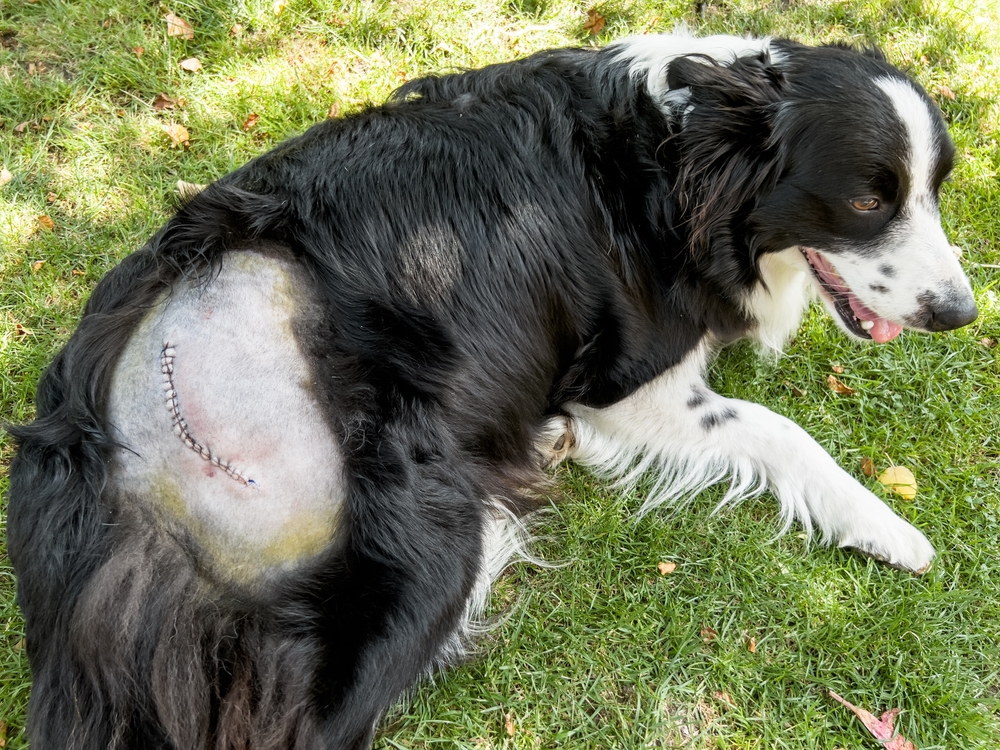Click to Skip Ahead
Most Maltese owners will tell you all about how spunky and in charge their tiny pet with a not so tiny personality is. You can imagine then that waking up to seeing your Maltese (or other little white dog breed) shaking uncontrollably is an alarming development. The good news is this is a rare problem for Maltese dogs, easily treated and we can tell you all about it!
What Is Maltese Shaker Syndrome?
Maltese Shaker Syndrome is a bit of a misnomer, which might explain why it has so many alternative names. Also known as “White Shaker Syndrome,” “Shaker Syndrome,” “Corticosteroid-Responsive Tremor Syndrome,” or “Idiopathic Tremor Syndrome,” these all describe a neurological condition in which typically small, white dogs like Maltese develop repetitive tremors for unknown reasons. Young adult dogs are the most likely to first show signs of this disease and it can happen to any type of dog of any size.

What Causes Maltese Shaker Syndrome?
We’re not actually sure what causes Maltese Shaker Syndrome. It appears to have a genetic component since it runs in certain breeds so strongly, like Maltese and West Highland White Terriers. The disease process is described as a “nonsuppurative meningoencephalomyelitis”.1 That mouthful means there is inflammation of the meninges (membranes lining the central nervous system), brain, and spinal cord and isn’t caused by an infection since no pus is present. Instead, it is thought to be an autoimmune condition, meaning the dog’s immune system starts to attack these tissues and cause inflammation, but we don’t know why.
The only reason we presume this disease is immune mediated is because it responds to immunosuppressives for treatment.
What Are the Signs of Maltese Shaker Syndrome
Dogs with Maltese Shake Syndrome will usually have repetitive, involuntary muscle twitches or tremors that may also look like shivers during voluntary movements. Another sign is intention tremors, which are involuntary muscle movements when anticipating something, like with excitement and exercise. This is because the cerebellum of the brain is affected in this disease and the cerebellum is responsible for fine tuning muscle movements. Due to this the tremors often aren’t present while the dog is sleeping or very relaxed.
- Ataxia (unsteady, weaving gait)
- Nystagmus (eyes that uncontrollably flick back and forth)
- Head tilt
- Full body weakness with difficulty standing
If you’re concerned about your pet’s health, you should contact a vet.
If you need to speak with a vet but can’t get to one, head over to PangoVet. It’s an online service where you can talk to a vet online and get the personalized advice you need for your pet — all at an affordable price!
How Is Maltese Shaker Syndrome Diagnosed?
There is no specific test for Maltese Shaker Syndrome. When a dog is seen by a veterinarian with these signs, they first run tests for everything else it could be. This can include bloodwork, urinalysis, fecal examination, CT scan, MRI, and spinal tap. If everything else has been ruled out and the dog is showing signs of Maltese Shaker Syndrome, then the veterinarian will trial treatment to see if it works, and if it does, this is what provides the diagnosis.
An accurate history and videos of your pet with their signs from home in addition to the physical exam is a great help to your veterinarian in diagnosing Maltese Shaker Syndrome.
How Is Maltese Shaker Syndrome Treated?
As scary as some of this has sounded so far, the great news is that Maltese Shaker Syndrome is easy to treat. Steroids such as prednisone given at an immunosuppressive dose (high) will help calm down the immune system and allow the nervous tissue to heal.
In most cases, dogs will be back to normal in just one to two weeks and will continue to have good control of signs as long as they stay on their steroids, though the dose is brought much lower once signs are controlled. For dogs that cannot take steroids, other immunosuppressive medications can be used.

What Is the Prognosis For Maltese Shaker Syndrome?
Maltese Shaker Syndrome has a great prognosis. Nearly all cases will have complete control of signs of the disease within one to two weeks and will likely never have another problem as long as they stay on their steroids throughout their life. In fact, being on steroids over their lifetime is more likely to cause an issue than the Shaker Syndrome itself, though the dose of their steroid will be lowered as much as possible for maintenance to reduce any side effects and chances of complications.
How Do I Care For a Pet With Maltese Shaker Syndrome?
If you first notice signs of Maltese Shaker Syndrome with your dog, be sure they stay in safe areas, avoiding stairs and ledges they might fall trying to navigate. Be sure to bring them to a veterinarian as soon as you can so they can rule out anything else that might be wrong. If your dog is diagnosed with Maltese Shaker Syndrome, you’ll need to give their medication exactly as prescribed and monitor for changes in their signs.
Hopefully within a week or two your dog will return to normal entirely and then you just need to maintain their daily medication schedule and keep up with their rechecks.

Frequently Asked Questions
Is Maltese Shaker Syndrome painful for dogs?
No, thankfully dogs don’t seem to notice that the tremors are even happening and will be otherwise acting just like themselves.
Do dogs grow out of Maltese Shaker Syndrome?
Unlike shaking puppy syndrome, Maltese Shaker Syndrome only resolves with treatment. Luckily treatment is simple, cheap, and easy, as long as you can give your dog a small pill every day.
Conclusion
While not common, Maltese Shaker Syndrome is so characteristic that many people have heard about it anyways. Though startling and upsetting to see at first, a trip to a veterinarian will ease your worries as the disease is very easy to treat and has a great prognosis. Though it seems to have a genetic component, we aren’t sure of ways to prevent it currently so the best thing to do if you have a Maltese or other small white dog breeds that are more prone to the disease is simply monitor for signs such as repetitive tremors, shaking, unsteadiness, and/or shivering.
See also:
Featured Image Credit: Tanya Dol, Shutterstock












